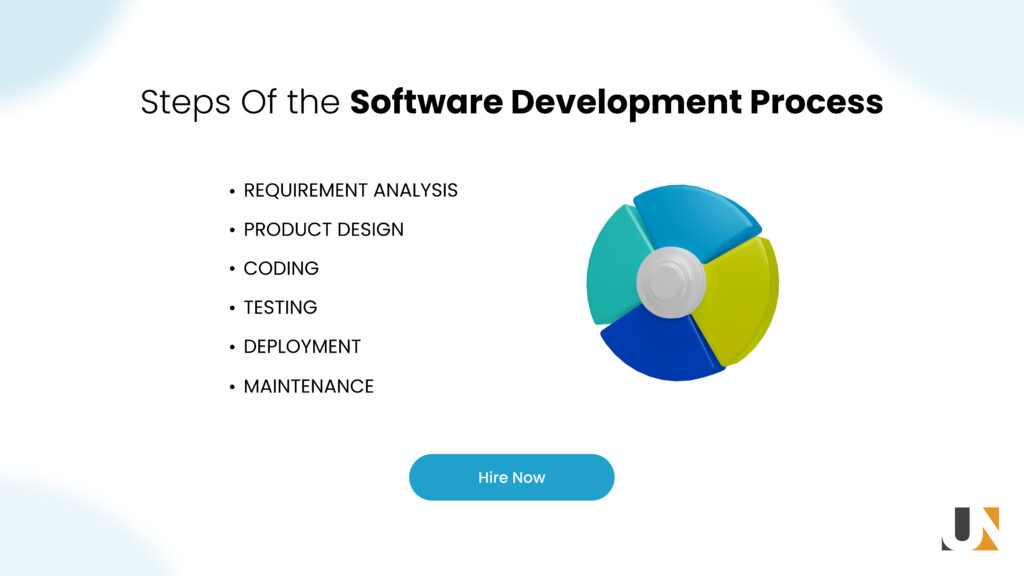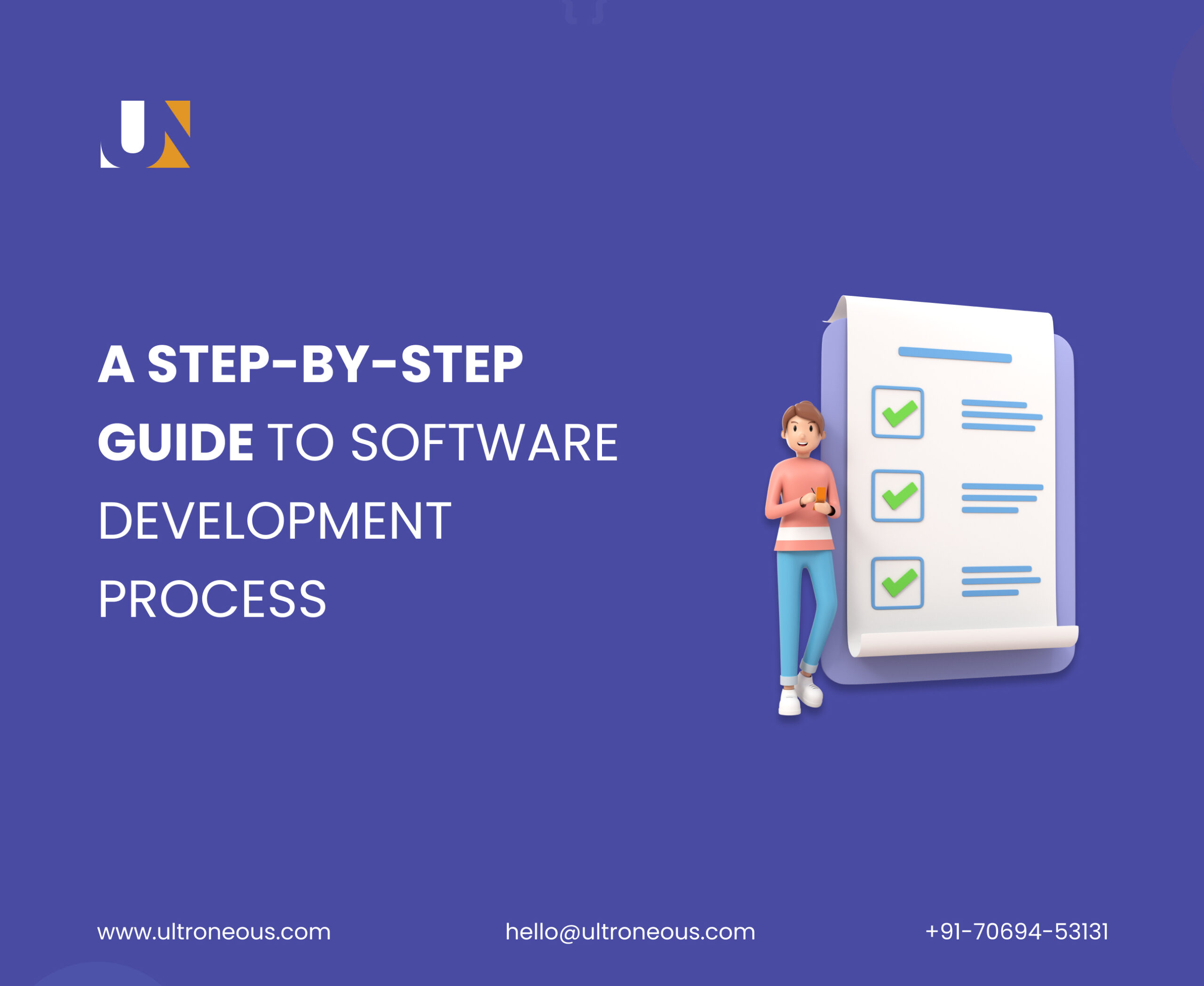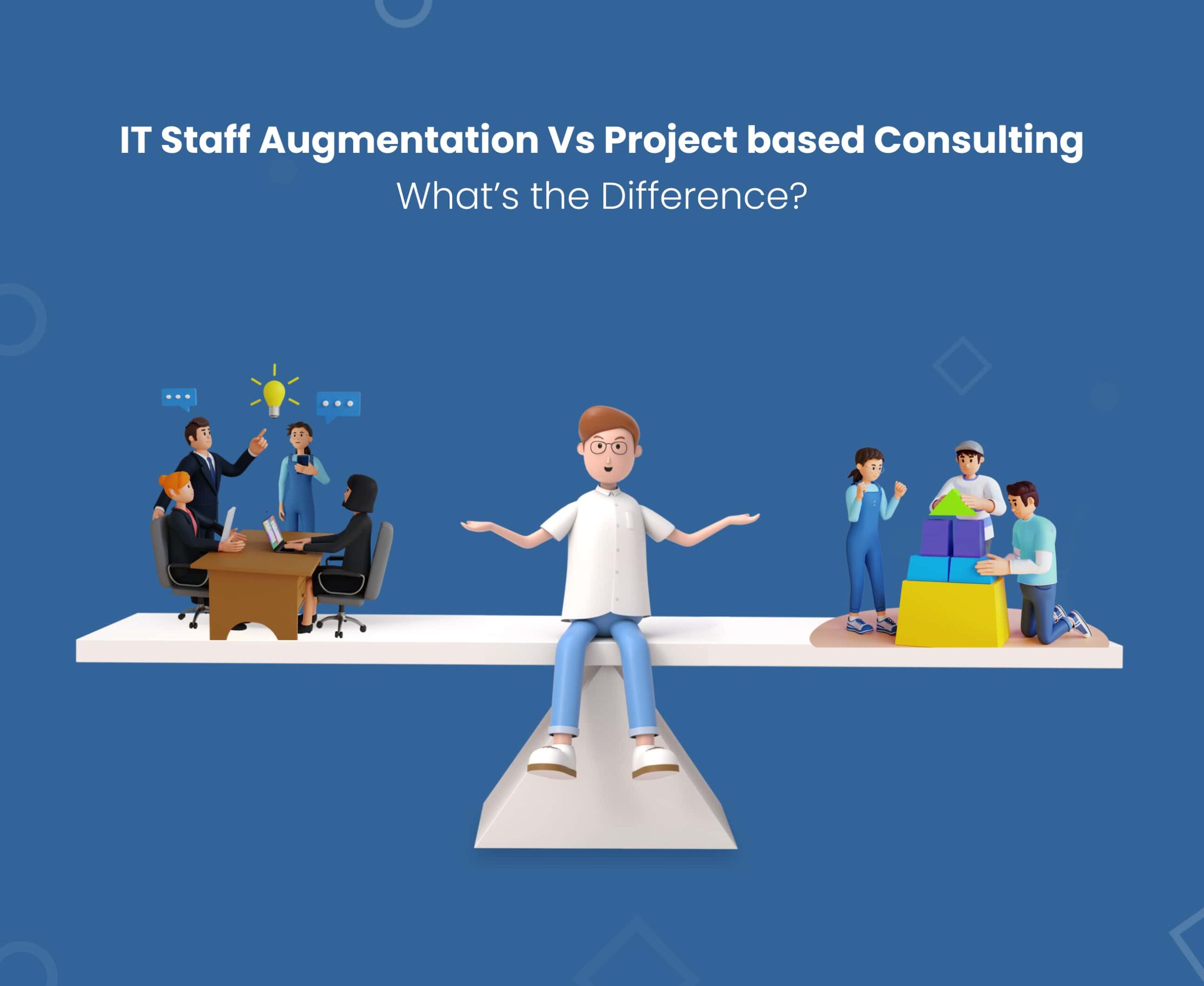The Software Development Process, often known as the Software Development Life Cycle (SDLC), is an organized approach to producing programs for a system or project.
Waterfall, spiral, and incremental development are three methodologies that can be applied. These various methodologies will direct testing efforts at various stages of the development process.
However, each approach follows the same core development phases.
Within the higher systems level of Evolutionary Acquisition (EA), the incremental development technique is often used as the foundation for Enterprise Software Development Services.
Where Did the Software Development Process Begin?
Marketers, project managers, and developers all needed an identical record to document each procedure’s what, when, and why as it proceeded through the development process. It is how the software development life cycle originated in the 1950s.
It is a step-by-step procedure that takes a product concept from inception to implementation and, lastly, to market. The process of the software development life cycle typically includes several different stages:
- Requirement analysis
- Product Design
- Coding
- Testing
- Deployment
- Maintenance
The primary purpose of the software development life cycle is to provide high-quality software development solutions within the time and cost limits.
Thus, software development procedures vary depending on management methodologies such as Waterfall or Agile.
Software Development Life Cycle: Agile Vs. Waterfall

In the last century, the Waterfall framework presented the core software development algorithm. The software development life cycle has changed significantly over time.
The most important shift occurred in the 1990s when the software development lifecycle shifted from Waterfall to an Agile approach. You can also compare Agile VS. DevOps methodologies.
Waterfall Principles
The Waterfall SDLC methodology is a typical SDLC method that follows a logical progression of linear and sequential project lifecycle phases. Waterfall’s primary values include the following:
- Sequential structure
- Strong focus on documentation
- Low customer involvement
Agile Principles
The Agile SDLC paradigm is intended to facilitate change and remove unnecessary processes.
It replaces the command-and-control paradigm of Waterfall development with a strategy that anticipates and accepts change. The following are the fundamental differentiating Agile principles:
- Individuals and interactions over process and tools
- Working software instead of comprehensive documentation
- Customer collaboration over contract negotiation
- Responding to change by following a plan
Steps Off the Software Development Process

#1 Requirement Analysis
This step in developing software involves gathering requirements for the products that must be designed. This step tends to be the primary goal for the majority of initiatives.
Project managers and other relevant parties meet to discuss and create the requirements. This stage provides all the answers to the questions like,
- Who is allowed to use the product?
- What kind of data is used with the product, and how is it used?
- What type of data does the product return as output?
Analysis of the conditions is the next step after gathering the requirements and getting the answers to questions like the above.
The possibility of integrating the parts into the finished product is thoroughly examined and analyzed.
The development team can move on to the next stage of creating a product design to follow throughout the product development process once the requirements are analyzed. Additionally, this stage helps companies in project cost estimation.
#2 Product Design
The development of the product design from the documentation of the requirement takes place in this step. Product design helps in the deployment, or the definition of the required hardware, to run the product.
Additionally, it assists in clearly defining the overall product architecture and illustrating the relationships between the many software modules that must be created.
Choosing a development platform, such as.NET, Java, Laravel, Ruby on Rails, or FileMaker, is also now necessary. The needs and the preferred platform within the organization influence this decision. Software design also has stages of processing,
- Understanding software project requirements
- Research and Analysis
- Software design
- Software prototyping
- Software evaluation
Also, the user interface and user experience are designed in this process. A user-friendly and trendy User Interface is created with the software application’s target users and key features in mind.
#3 Coding
The development team goes on to the stage of coding and execution after the product design cycle.
The software developers can begin coding after the development team has the required specifications and the design papers. In addition to coding, the developers also run unit or module tests during this stage to find any issues as early as possible.
certain firms prefer to outsource the coding and, in certain cases, the initial stages of Product Design to a third-party software application development company.
The reasons for outsourcing range from simply not having the necessary resources or skills or wanting to focus solely on the company’s core products and services with its staff.
#4 Testing
After the coding and implementation phases, the team can move on to integration and validation testing. Custom software development services teams constantly launch new software applications for various uses.
This procedure is necessary to ensure the product has undergone thorough evaluation against all relevant parameters. This stage reveals any potential flaws in the product; if any exist, they are fixed. It also implies that the software product at this level will be a risk analysis.
As we saw in the previous stage, the software developers will perform unit or module testing. Integration tests would be the next phase of testing. This test evaluates how the various modules and/or external systems interact.
Following integration testing, validation testing will be carried out. It involves evaluating the finished software product from the end user’s perspective in accordance with the requirements and UI&UX Design Services.
The Test-Driven Development (TDD) method is an alternative testing strategy. With this approach, programmers would create test programs for specific criteria and write the code necessary to satisfy those needs. The test is then executed, and the code is modified until the test succeeds.
#5 Deployment
After the software product completes the testing stage, deployment can begin. The initial batch of the product is released and made available to the public after it is finished.
Improvements required as a result of user input or issues not detected during the testing process can be rectified and incorporated during this stage of software program development.
Deployment often entails setting up a server as the software’s “Production” environment. One of the company’s servers may function as such a server or be located in the “cloud” using Cloud & DevOps Development Services like Microsoft Azure or Amazon Web Services.
#6 Maintenance
The software product must be kept functioning and maintained after properly passing each of the steps listed above and being fully released onto the market.
Fixing problems and maintaining the systems current with the newest operating system patches or upgrades of used third-party applications are also part of this process.
If the software product’s user base considerably grows, expansion in the form of additional processing power, memory, and/or database capacity may be necessary to maintain the system’s stability.
“At ultroNeous Technologies – a custom software application development company, we strive to make each development stage as productive as possible and business-focused as possible. We have years of expertise developing products for early-stage businesses, so we know how to take your idea from idea validation to full business requirement realization.”
Wrapping It Up
You must have an in-depth knowledge of what is happening at each stage of the software development process before you can produce any software development solutions product.
By doing this, you’ll be able to accomplish your main objective and publish a unique, premium software product that will satisfy customer demand.
FAQs: Software Development Solutions
Why is the software development process important?
Determining the deliverables for each software development stage requires a clear understanding of the establishing software development process.
Also, it will establish in advance the duties and functions of each team member, enhancing the effectiveness of the software development process.
What is the purpose of planning software development?
The software development plan meets several objectives. It gives clients a clear image of what will occur during the entire process of developing software products.
Additionally, it assists in identifying possible bottlenecks and finding the best fixes for them. As a result, the software development company can create a project scope and give clients information about the team structure, project schedule, and deliverables.
What Advantages Do the Software Development Processes Offer?
It allows project-wide transparency. Customers may simply keep tabs on the tasks at hand, the progress of their application development process, and the actions of the software development team.
The software development process additionally decreases the risks typically connected to introducing a new software solution.
Which methodology is best for software development?
One ideal software development methodology cannot be determined. Each can be used for specific tasks and has advantages in various ways.
As a result, when selecting a project management technique, you must consider several aspects, including the project’s scale, complexity, and overall business objectives.
At the same time, Scrum is the most popular choice for the application development process if you establish a large project with a certain level of flexibility.
How do you accelerate the software development process?
Extend your in-house staff or work with an outsource software development firm
Dividing a big task into smaller ones
Draft your specifications and make a roadmap.
Think about the Lean approach
Beware of technical debt
Never take work in progress too far
Automate your workflows and tests







